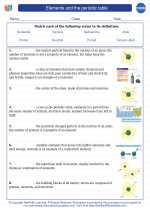Ribosomes
Ribosomes are small, complex structures found in all living cells. They are involved in the process of protein synthesis, where they translate the genetic code from the mRNA into a specific sequence of amino acids, forming a protein.
Structure of Ribosomes
Ribosomes are composed of two subunits: the large subunit and the small subunit. These subunits are made up of a combination of RNA and proteins. In eukaryotic cells, ribosomes are found in the cytoplasm as well as on the rough endoplasmic reticulum.
Function of Ribosomes
The main function of ribosomes is to serve as the site for protein synthesis. They read the genetic code carried by the mRNA and assemble the corresponding amino acids to form a polypeptide chain, which later folds into a functional protein. This process occurs in two main stages: translation initiation, where the ribosome binds to the mRNA and the first amino acid is positioned, and translation elongation, where the ribosome reads the mRNA codons and adds the corresponding amino acids to the growing protein chain.
Types of Ribosomes
There are two main types of ribosomes: free ribosomes and bound ribosomes. Free ribosomes are found in the cytoplasm and synthesize proteins that will remain in the cytoplasm. Bound ribosomes are attached to the endoplasmic reticulum and synthesize proteins that are either inserted into the endoplasmic reticulum or exported from the cell.
Study Guide
- What is the main function of ribosomes?
- Describe the structure of ribosomes.
- Differentiate between free ribosomes and bound ribosomes.
- Explain the process of protein synthesis by ribosomes.
- Where are ribosomes found in eukaryotic cells?
Understanding the structure and function of ribosomes is essential in comprehending the process of protein synthesis and the role of ribosomes in cellular function.
[Ribosomes] Related Worksheets and Study Guides:
.◂Chemistry Worksheets and Study Guides High School. Elements and the periodic table
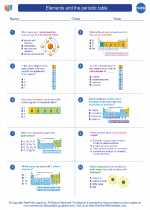
 Worksheet/Answer key
Worksheet/Answer key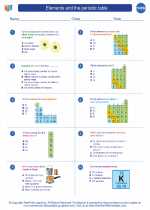
 Worksheet/Answer key
Worksheet/Answer key
 Vocabulary/Answer key
Vocabulary/Answer key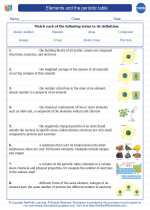
 Vocabulary/Answer key
Vocabulary/Answer key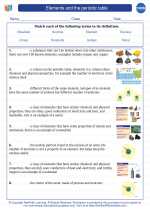
 Vocabulary/Answer key
Vocabulary/Answer key